The Canadian mortgage landscape is about to be shaken up by some significant changes aiming to make home ownership more accessible to a wider range of buyers. Coming into effect on December 15, 2024, these new regulations will allow:
- 30-year amortizations on insured mortgages for first-time home buyers (FTHBs)
- 30-year amortizations on insured mortgages for all buyers of newly built homes
- Insured mortgages for properties valued at up to $1.5 million
While each of these changes impacts homebuyers differently, they collectively offer new opportunities for buyers to enter or move within the housing market. Let’s take a closer look at how each regulation affects buyers and mortgage qualification.
1. 30-Year Amortizations on Insured Mortgages for First-Time Home Buyers
The introduction of 30-year insured amortizations for first-time home buyers is a significant change. Currently, the maximum insured mortgage amortization period is 25 years. By increasing the amortization to 30 years, the minimum monthly mortgage payments get smaller, which allows FTHBs to qualify for a larger mortgage and therefore a larger maximum purchase price for more options in their house hunt.
- Lower Monthly Payments: Spreading mortgage payments over 30 years means smaller monthly mortgage payments, making it easier for FTHBs to manage their budgeting for buying a home.
- Increased Affordability: By lowering the monthly payments, this regulation allows first-time buyers to qualify for larger mortgage amounts, helping them afford homes in a wider variety of housing markets.
However, while the longer amortization does mean that monthly payments are reduced, it also means that more interest will be paid over the life of the mortgage if the borrower sticks to paying just the minimum payments. As a first-time buyer, you should weigh the benefits of these lower possible payments against the extra interest costs when deciding how much mortgage to take and how aggressively to pay it back.
2. 30-Year Amortizations on Insured Mortgages for Newly Built Homes
In addition to all first-time homebuyers, the government will soon allow all buyers of newly built homes to get 30-year amortizations. This change is specifically meant to stimulate the construction industry by allowing buyers of newly built homes to qualify for more mortgage borrowing than the same buyer purchasing an existing property..
- Broader Access: This change benefits all homebuyers, not just first-time buyers, giving everyone the option to take a 30 year amortization and have lower monthly payments when purchasing a newly constructed home.
- Promoting New Builds: By making it easier to finance new homes, this regulation encourages the development of new housing, helping to address the ongoing supply shortage in Canada’s real estate market.
The same tradeoff applies here as to the 30 year amortizations for FTHBs above. While taking a longer amortization reduces your monthly mortgage payment and helps with day-to-day budgeting, it does result in an overall increase to the amount of interest you pay over the life of your mortgage if you stick to making just the minimum mortgage payments..
3. Insured Mortgages for Properties Valued at up to $1.5 Million
Perhaps the most meaningful change for many Canadians will be the increase to the maximum property value allowed for mortgage default insurance – going from $1 million to $1.5 million. This is going to allow buyers with less than 20% saved for their down payment to buy properties valued up to $1.5 million, which drastically opens up their options in higher value markets like the Comox Valley, Victoria, Vancouver, etc where it can be difficult to find family homes under $1 million..
- More Flexibility in High-Priced Markets: Buyers can now secure insured mortgages for homes up to $1.5 million, providing them with more options in competitive, higher-priced housing markets.
- Lower Down Payments: Mortgage default insurance allows buyers to purchase homes with as little as 5% down payment on the first $500,000 of purchase price and 10% down payment on the next $1 million of purchase price. Currently people need to save up 20% for a down payment on properties over $1 million, so this change will allow people living in higher value property markets to transition from renters to homeowners more quickly.
Mortgage Default Insurance Premiums
For buyers taking insured mortgages, the following default insurance premium costs apply (however, these may be revised before December 15th):
- 5% to 9.99% down payment: insurance costs 4.00% of the mortgage amount.
- 10% to 14.99% down payment: insurance costs 3.10% of the mortgage amount.
- 15% to 19.99% down payment: insurance costs 2.80% of the mortgage amount.
The good news is that these premiums don’t have to be paid up front – instead, buyers can choose to have them added to the mortgage balance to spread the cost over the life of the mortgage.
Pros and Cons of the New Mortgage Regulations
Pros
- Increased Affordability: Extending the amortization period to 30 years lowers monthly mortgage payments, making home ownership more accessible.
- Greater Home Choices: The increased property value limit allows buyers to qualify for insured mortgages on homes up to $1.5 million, expanding their options in high-priced markets.
- Encouraging New Builds: Allowing newly built homes to benefit from a 30-year amortization will promote much needed new housing development across all housing types and price-points..
Cons
- Higher Overall Interest Costs: While monthly payments are lower with a longer amortization period, the total interest paid over the life of the mortgage will be higher.
- Slower Equity Growth: With smaller payments toward the principal, equity builds more slowly, which can be a disadvantage for buyers looking to build home equity quickly.




